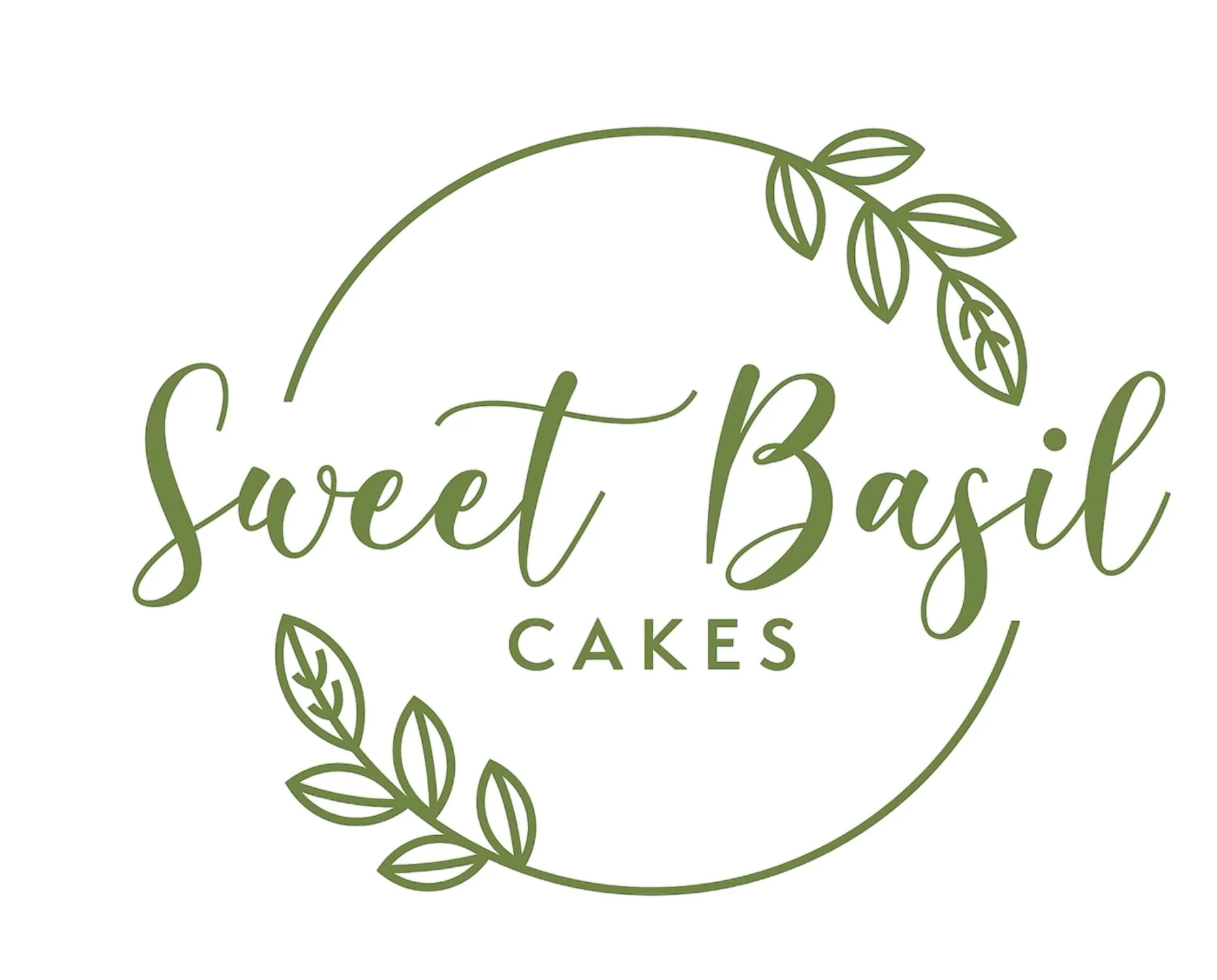Searing
Searing is a technique used before many other types of cooking such as sautéing, roasting, braising and stewing. Searing creates the brown, caramel-y, crusty exterior that contributes to flavor and texture on meats and vegetables.
Tips and tricks for searing:
Get the pan WICKED hot! Avoid a non-stick pan, use a cast-iron or stainless steel pan, this makes it easy to transfer to the oven for other methods such as braising and roasting.
Use a high smoke-point oil such as safflower, vegetable and peanut. You only need a tiny bit, a tablespoon or less. The oil will look shimmery and just start to smoke when it’s ready.
Don’t overcrowd the pan; this will cause steaming instead of searing.
Gently lower the item onto the pan to avoid spattering the hot oil.
Try not to move the items in the pan when searing. Constant contact between the food and the pan is required for a proper sear. The item will initially stick to the pan when searing, you can jiggle the pan a little, if the food releases, it is ready to flip.
Deglazing the pan is a great way to make a pan sauce or to continue cooking a braise or stew. Deglazing is easy: Remove the seared item to a separate plate and keep warm. Add hot liquid (broth, wine, beer, etc.) to the hot pan and scrape up the gooey, brown, sticky bits at the bottom with a wooden utensil. The amount of liquid will depend on the recipe but adding an inch or two of liquid for a pan sauce and halfway up the item is a good starting point for a braise. For a stew, you’ll need more liquid but it can be added after the deglazing process.
What to sear:
Asparagus
Beef
Broccoli
Carrots Chicken
Corn
Mushrooms
Okra Peppers
Pork
Potatoes
Sweet Potatoes
Squash – summer
Turnips
Onions























